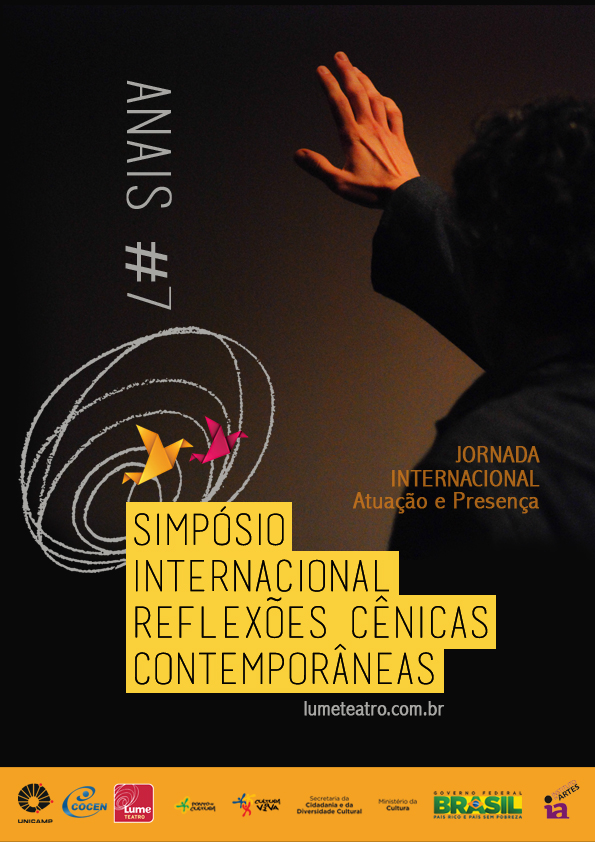PULSES AND AXES OF CONFLICT IN MODERN AND CONTEMPORARY DRAMATURGY
Abstract
From the Renaissance onwards, there was a process of interpretation and canonization of Aristotle, “Aristotelianism” (ROUBINE, 1998), which gradually established a certain normative model for the European dramaturgical practice, reaching, in the 18th and 19th centuries, the paradigm of "absolute drama" (SZONDI, 2001). This canonical model is characterized by the dialogue between characters, by the units of action, time and space and by the intersubjective conflict, in other words, by the conflict between individuals/characters. And with the so-called “crisis of drama” (SZONDI, 2001) at the end of the 19th century, another process, also long and nonlinear, begins to break with this canon of the dramatic genre through the exploration of “epic and lyrical deviations" (SANCHES, 2016), sometimes subtle and sometimes more radical. One of the main transformations in modern-contemporary dramatic writing concerns the presence of intersubjective conflict, which tends to lose focus with the epicization and lyricism of drama. However, understanding intersubjectivity (relationship between individuals) as just one of different possibilities of pulsions of conflict, it is proposed the idea of ??thinking about two more pulsions: "intrasubjective" (the individual in relation to himself) and "extra-subjective" (the individual in relation to the environment: social, cultural, environmental issues, etc.). Presenting different views of the term "conflict" in dramatic writing (SARRAZAC, MENDES, SANCHES, DANAN and others) and observing how this element flexibilizes/transforms, it is investigated the hypothesis of conflict serving as a useful tool both for analyzing and for creating scenic-dramaturgical works. KEY WORDS Theater; Drama; Modern Dramaturgy; Contemporary Dramaturgy; Conflict.Downloads
Published
2022-06-22
Issue
Section
Textos Completos


